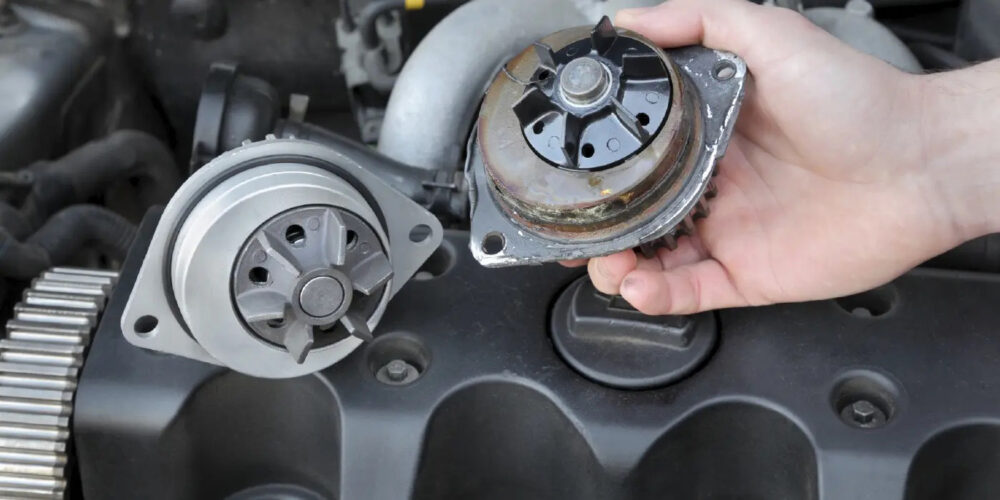Sample Review Questions:
1. All of the following statements about a torque converter are true EXCEPT:
a. It is located between the engine and transmission
b. It is located between the transmission and driveshaft
c. It is filled with automatic transmission fluid
d. It usually has no drain plug
2. Using the wrong type of transmission fluid:
a. May cause shifting problems
b. May cause slipping problems
c. May damage the transmission
d. All of the above
3. If all of the shift solenoids inside an automatic transmission are de-energized (no voltage), what gear would the transmission most likely default to?
a. Neutral
b. Park
c. 1st gear
d. 2nd or 3rd gear
4. Counterman A says the ATF filter should be replaced when the fluid is changed. Counterman B says the ATF filter is located inside the transmission pan. Who is right?
a. Counterman A only
b. Counterman B only
c. Both Counterman A and B
d. Neither one
ANSWER KEY
1B, 2D, 3D, 4C
EXPLANATIONS:
1. A torque converter is used with an automatic transmission to connect the engine to the transmission. The torque converter is bolted to the flywheel on the back of the engine. Inside are three closely spaced sets of blades (turbine, stator and impeller) that circulate automatic transmission fluid (ATF) to drive the transmission. This fluid coupling allows some slippage that multiplies engine torque. It also allows the engine to idle when the transmission is in gear but the vehicle is not moving.
The converter holds up to half or more of the total ATF fluid capacity of the transmission, but most converters do not have a drain plug. So a simple drain-and-fill can leave a lot of old worn-out ATF in the system. A fluid exchange machine works best when changing the fluid. Most torque converters also have a “lockup clutch” that physically couples the engine and transmission in higher gears to eliminate slippage and improve fuel economy.
2. There are various OEM specifications for automatic transmission fluids (ATF). The differences depend on the type of friction modifiers and anti-wear additives in the fluid. Most late model ATFs use a synthetic base oil. Though all are high-quality lubricants, they are formulated for specific applications. Using the wrong type of ATF can cause harsh shifts, slipping or transmission failure. Use the type of ATF specified by the vehicle manufacturer, or a “universal” fluid that meets the required OEM specifications. The type of ATF that is required for a vehicle can usually be found on the transmission dipstick, in the owner’s guide, or in a reference manual.
3. The gears in an electronic automatic transmission are changed by energizing and de-energizing solenoids in the transmission valve body in different combinations. Park, neutral and reverse must all be selected manually by the driver. Placing the gear selector in drive allows the transmission control module to choose the correct gear based on vehicle speed and load. The transmission will then cycle up through the gears as the vehicle accelerates. If power to the module or solenoids is lost, the “default” or “limp-in” mode is typically 2nd or 3rd gear. This allows the vehicle to still drive, but with sluggish performance and limited speed.
4. The transmission filter is typically located inside the transmission pan. The filter protects the transmission against abrasive wear particles and contaminants in the fluid.
Many filters in late model vehicles do not have a specified replacement interval, but the filter should be changed when the fluid is changed. A transmission pan gasket kit is required to replace the filter.
Sections covered:











